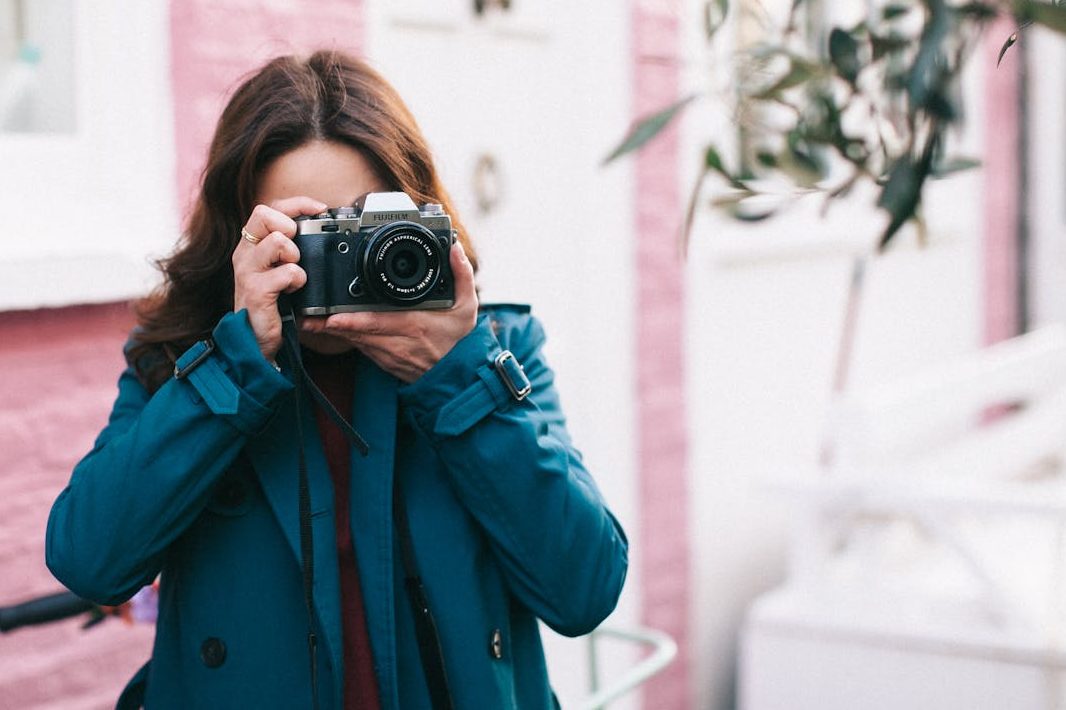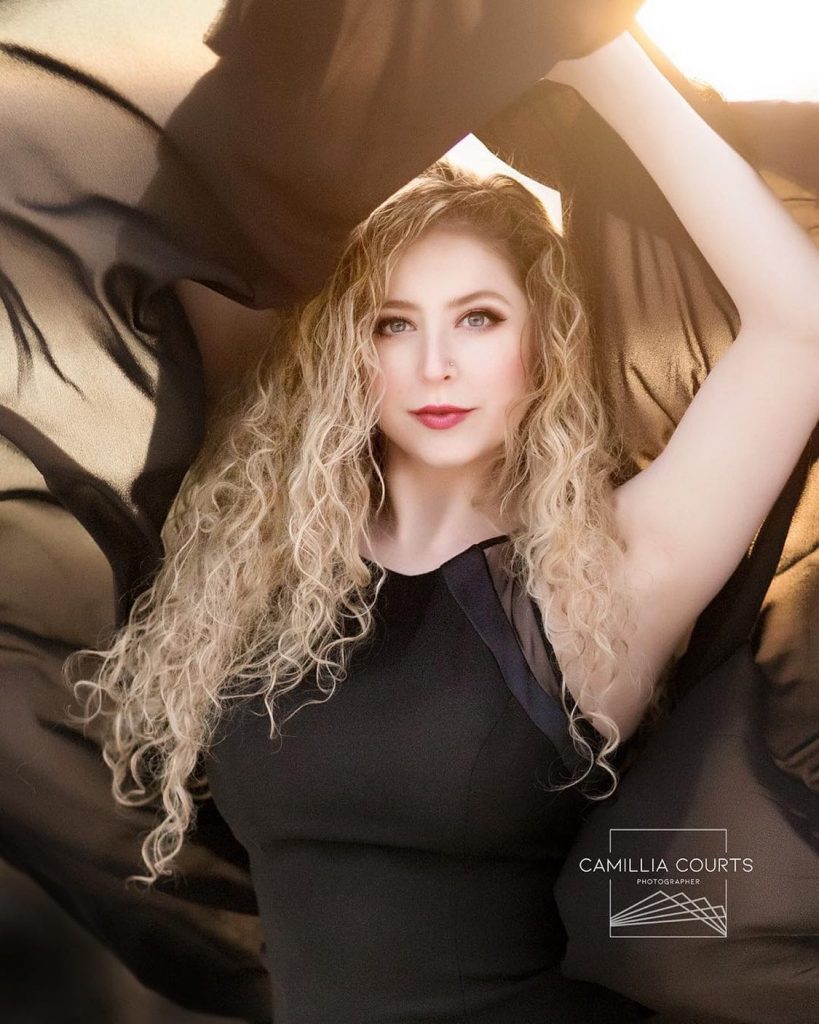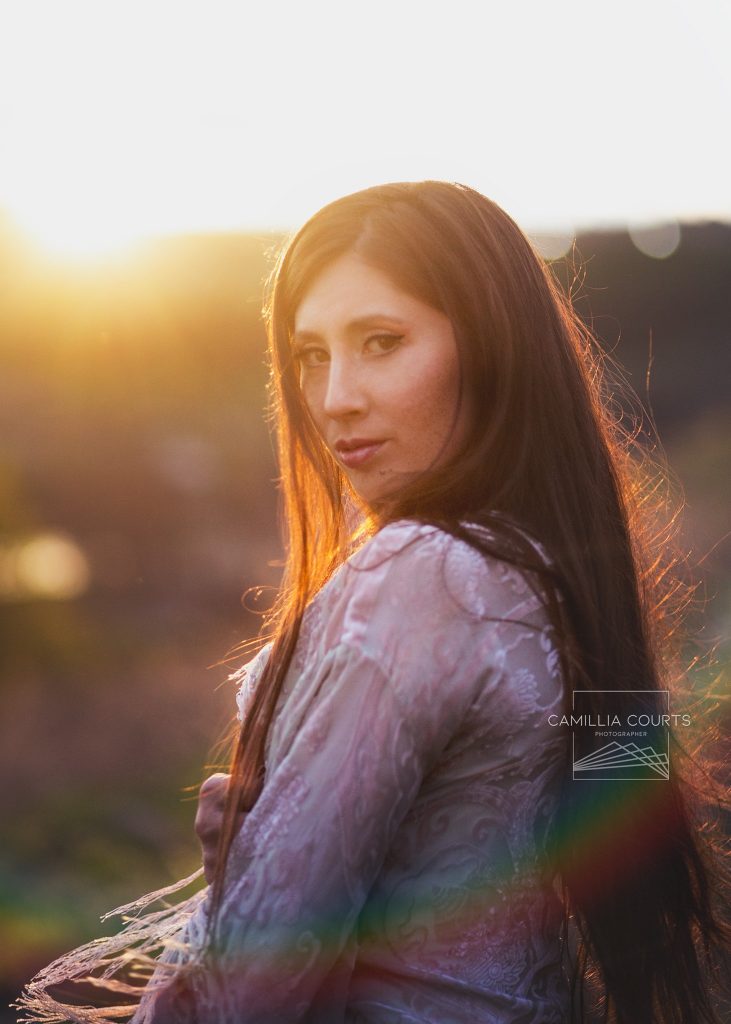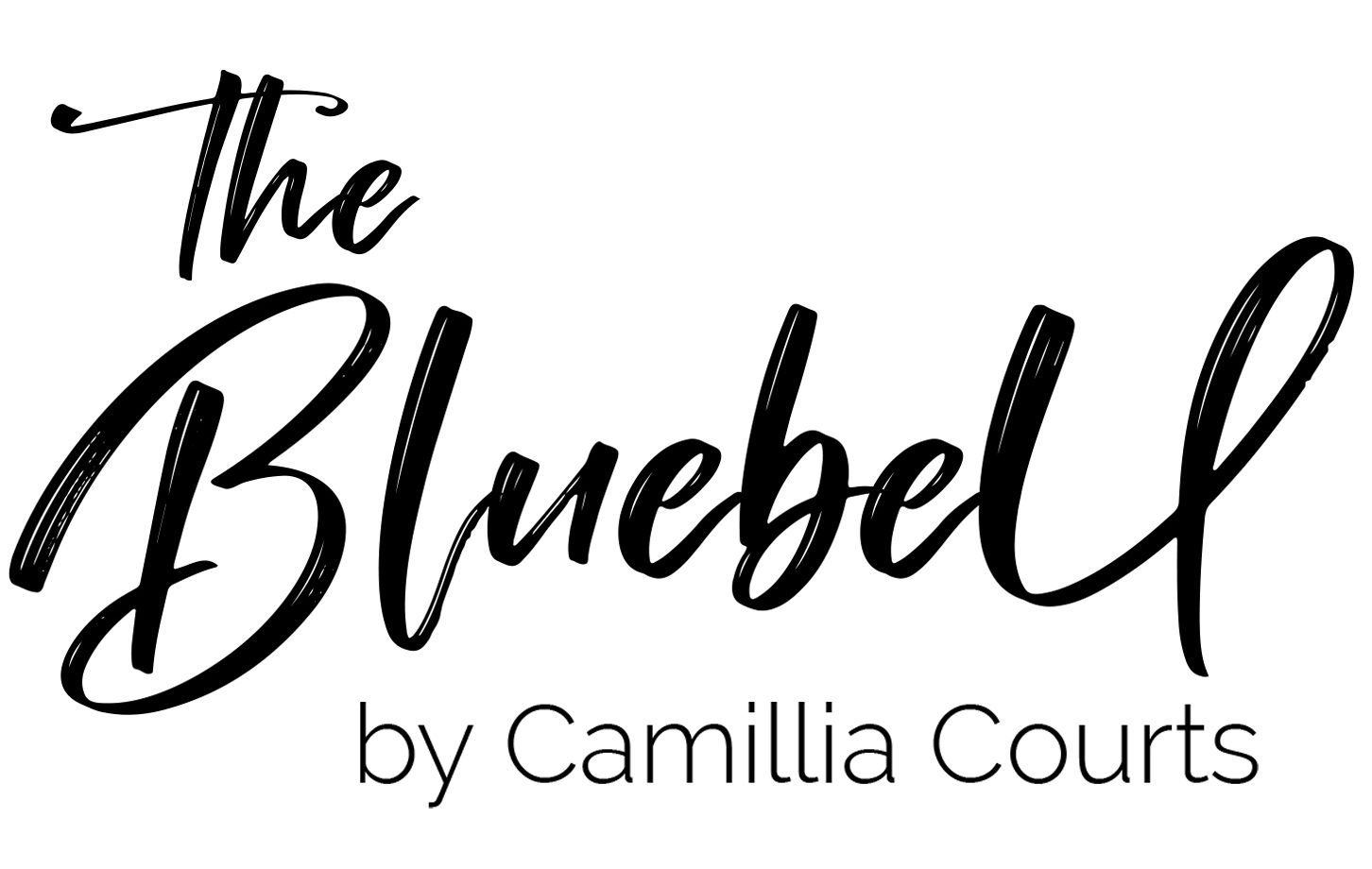
A Quick Guide to Hobbyist Photography
If you’re considering picking up a camera, this blog post is your beginner’s guide to becoming a hobbyist photographer. For me, it all began with snapping shots of my kids. As I honed my skills and gained confidence, I ventured into portrait photography and eventually, weddings. Armed with just a Canon Rebel and some basic lenses, I dove in headfirst. One of the most valuable lessons I learned early on? Mastering focus points, aperture, and finding the perfect light.
Starting your photography journey doesn’t require an expensive camera setup. Some of the most stunning images are captured with basic equipment. Whether you’re wielding a trusty DSLR or harnessing the power of your smartphone, the key is to start snapping and exploring your creativity without worrying about the bells and whistles of high-end gear.
Start Simple: Begin with the camera you have—no need for fancy gear. A basic DSLR or smartphone can do wonders. No need to go out and spend thousands of dollars on bodies and lenses. I started with a Canon Rebel and the stock lens. A few months later I upgraded to the 50mm 1.8f and that changed the quality of my photos.

Master the Basics: Learn about aperture, shutter speed, and ISO. These fundamentals form the core of good exposure.
Understanding the basics of photography is like laying a solid foundation for a building. Aperture, shutter speed, and ISO are the building blocks of exposure, and mastering these elements will empower you to take control of your images and unleash your creative vision. That being said, they are difficult to learn. If this is your first DSLR, watch as many YouTube videos as you can, join photography forums and reach out to other hobbyist photographers. Keep shooting, play with your settings and the basics will come.
I tell my photography students to shoot in Auto when they first start. Get to you know your camera, how it clicks, where the buttons are. Your camera is very smart and is designed to take a properly exposed photo. Don’t worry if you don’t know all the settings right away. This is supposed to be fun! So stick with Auto in the beginning and play.



Explore Composition: Experiment with the rule of thirds, leading lines, and framing to compose visually appealing shots.
Composition is the artistic soul of photography. By experimenting with techniques like the rule of thirds, leading lines, and creative framing, you can transform ordinary scenes into captivating works of art that draw the viewer’s eye and evoke emotion. This is the time to develop your eye. Find out what you like to shoot. Maybe it’s landscapes, or birds or children!
Play with Light: Understand natural light variations and how to use them for different effects in your photos.
Lighting can make or break a photograph, so it’s essential to understand how to harness its power to enhance your images. Whether you’re shooting in the soft glow of golden hour or the dramatic shadows of midday sun, mastering light will elevate your photography to new heights.
Challenge yourself to take the same photo in the morning, at noon and at golden hour. Try new angles. In my early days I used to take photos of a garden gnome at different points in the day and it was practical learning tool. In the morning the light was very “blue”. It was soft but not buttery soft. Midday, the gnome had harsh lines and was too bright. At golden hour the gnome looked almost magestic!
I also practiced with a garden gnome because he didn’t move-unlike my kids.

Try Different Genres: Dive into portrait, landscape, macro, and street photography to discover your preferences.
Exploring different genres of photography is like embarking on a journey of self-discovery. From the intimate portraits of loved ones to the sweeping vistas of nature, each genre offers its own unique challenges and rewards, allowing you to find your niche and express your creativity in new and exciting ways. I learned early on that I loved family photos, and although I appreciated the art of boudoir photography- it wasn’t for me.
Basic Editing Skills: Familiarize yourself with simple editing tools to enhance your images.
Editing is the final touch that brings your vision to life. Whether you’re adjusting exposure, fine-tuning colors, or cropping for composition, basic editing skills will help you polish your images and showcase them in their best light. I learned Photoshop early on and that was back in the days when the program was $800! Now with Creative Cloud, you pay a monthly fee which is much more financially viable, and you get all the latest updates.
I also recommend Lightroom for novice photographers.

Join Photography Communities: Connect with fellow enthusiasts online or locally to share experiences and learn from others.
Photography is a journey best shared with others. By joining photography communities, whether online forums or local meetups, you can exchange ideas, seek feedback, and learn from the experiences of fellow enthusiasts who share your passion for capturing moments and telling stories through images.
Set Goals: Challenge yourself with projects and goals to keep your passion alive and skills growing.
Setting goals is like fueling the fire of your creativity. Whether you aspire to master a new technique, tackle a specific project, or push the boundaries of your creativity, setting goals will keep you motivated and focused on continual growth and improvement. In 2009 I met a group of women who were in various stages of their photography careers and we set up weekly challenges. Photos of bridges, bokeh, eyes, flowers ect. Those early days of experimenting and having fun with my camera was so valuable.

Enjoy the Process: Remember, it’s about capturing moments and expressing creativity. Embrace the joy of the journey!
Above all, photography is a labor of love—a journey of exploration, creativity, and self-expression. So, don’t forget to enjoy the process! Embrace the joy of capturing moments, telling stories, and expressing your unique perspective through the lens. After all, it’s not just about the destination—it’s about the exhilarating journey along the way.



